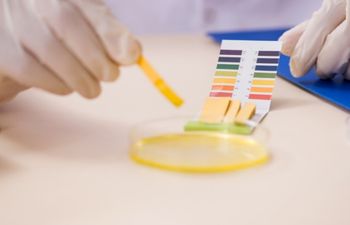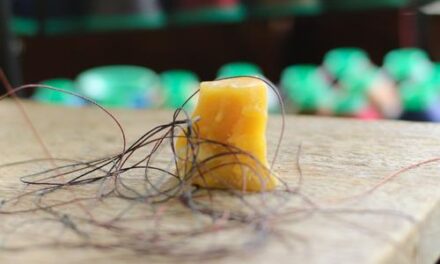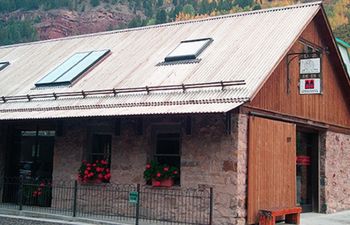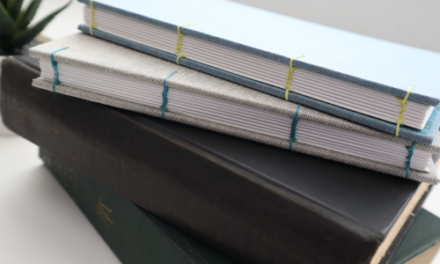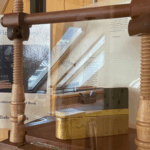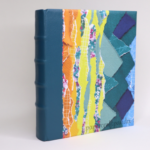Paper crafters sometimes compare the terms “pH neutral” and “acid free” as of they are the same thing. In reality, these terms are not equal. Today, I’ll explain the difference between the terms, why they’re often misunderstood and how to think of them moving forward.
Why is acid bad for paper?
Acid breaks things down over time. How fast something breaks down is equal to the strength of the acid and length of exposure. In short, acid will ruin your paper and reduce its life in the long term.
How is acid measured?
Acid is a natural part of our world and exists in everything.
Everything.
That’s right, nothing can escape acid. Even the human body has a pH level. Since everything contains acid, it’s just a matter of how much.
To measure acid levels, we use a sliding scale from 0 (very acidic) to 14 (alkaline or basic). The scale looks something like this, where the left is acidic and the right is alkaline:
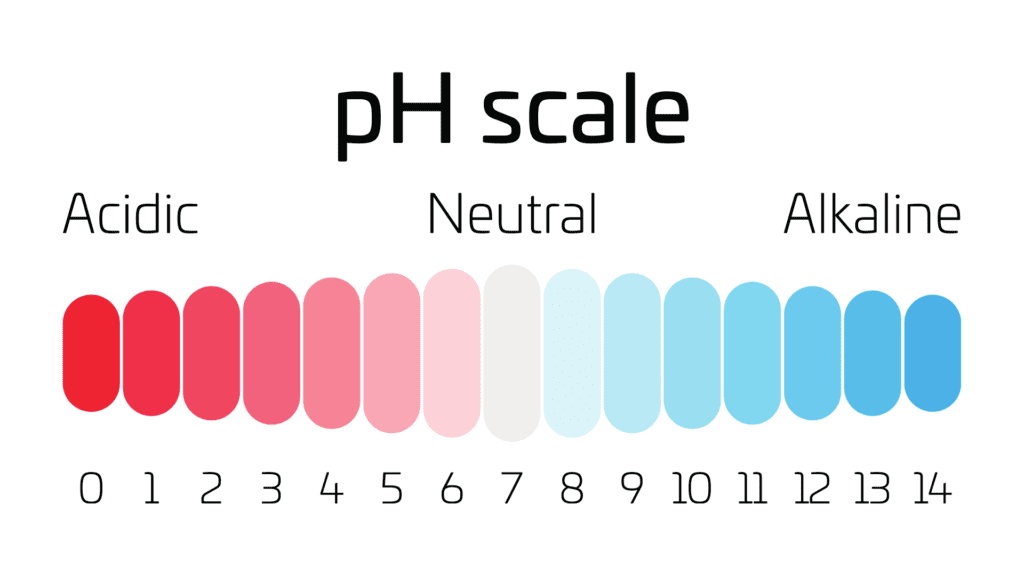
Since the lifetime of your paper is directly related to acid level, a book’s lifespan follows a similar scale. Here is my very quick interpretation:
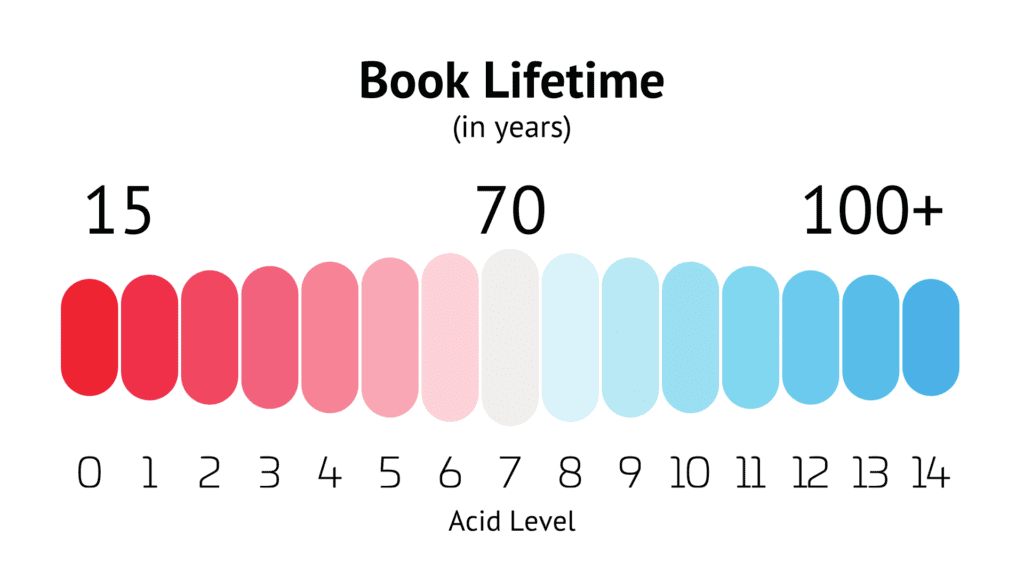
What is pH neutral?
At the center of the acid scale sits the number 7. It’s right in the middle, so we consider it to be “neutral.” “Neutral” does not mean “without.” Neutral means there’s a balance between how acidic and basic something is. Think of this like a tug-of-war where both sides are at a stalemate.
As an example, the human body has a pH that sits between 7.35-7.45. Fairly neutral. Anything above or below this can be detrimental to our health.
There is no such thing as “acid free”
As you probably figured out by now, nothing in the world exists without some level of acid. If everything (even paper) has a pH, then nothing can be acid free. This is why the term “acid free” is somewhat misleading and often used by companies to market products to unknowing consumers.
Are companies lying to us?
No, but they’re definitely not being clear about what this means.
Companies use the term “acid free” to refer to the process by which the paper was created. This end-to-end process has a number of steps & requirements. It’s intended to create paper that adheres to the Library of Congress Standards for Archival Properties.
I’ll explain more about each step in the next section.
Acid free paper making process
Inside this process, papers are made using alkaline paper making technology. This means the pH of the wood pulp is 7 or higher when formed. The paper is also treated (buffered) with an alkaline compound (like calcium carbonate) to neutralize future acids that may be absorbed through interaction with air and moisture.
Some companies will even go so far as to ensure their paper does not contain unbleached pulp, meets specific metallic content requirements and is free from optical brighteners. Most of those companies service the archival industry (museums, galleries and libraries). Strathmore is a great example. They make quality papers for all industries (archival, fine arts and book making, among others). Mohawk is another.
The term “acid free” on your paper indicates it has been through the above process (to some degree). While it’s not void of acid, it’s definitely neutralized and protected against acid absorption and migration. You can read more about acid migration in my post on archival quality.
How to think of “pH neutral” and “acid free” moving forward
When buying paper products, check the label. “pH neutral” and “acid-free” obviously mean different things. Below, I put together a few of these common phrases, their descriptions and what they mean:
| What the product label says | What it actually means |
|---|---|
| Acidic | The paper has a pH level of 6 or lower, but has not been through the “acid free” paper making process |
| pH neutral | The paper has a pH level of 7, but has not been through the “acid free” paper making process |
| acid free | The paper has a pH level of 7 or higher and has been through the “acid free” paper making process |
| pH neutral, acid-free | The paper has a pH level of 7 and has also been through the “acid free” paper making process |
| buffered | The paper has been treated with an alkaline reserve (such as calcium carbonate) to protect it from acid absorption in the future |
| lignin free | The organic acid, lignin, was removed from the wood prior to making pulp |
| archival | Presumably, the product meets the same archival requirements as those attained through the acid free paper making process (though not always) |
I’ve often noticed that companies add more than one of these (sometimes all of them!) to the label to make their product sound REALLY good. Once you know what these labels mean, you realize how repetitive it is. Ah, well. Better to be safe than sorry, right?
Summary
Here are 5 great points to summarize everything above:
- Everything in the world has a pH level
- Acid levels are measured on a scale from 0 (acidic) to 14 (basic)
- The stronger the acid, the shorter the lifespan of the book
- pH neutral means the acid level is a 7 (right in the middle)
- In the paper world, “acid-free” refers to the alkaline paper making process
More bookbinding goodness
✨ What tools do I need to get started bookbinding?
- Bookbinding Tools & Supplies Quick Start Guide – learn all about book making tools, which to buy first & where to go online
- Pick up my popular Complete Starter Bookbinding Tools Kit – all the bookbinding essentials in one spot
🌟 Looking for a simple way to start making books?
Try a Complete Book Materials Kit. Each one has everything you need (+ tutorials & videos) to make a beautiful book without all the fuss.
Thank you for taking me along on your book making journey!
Misty
